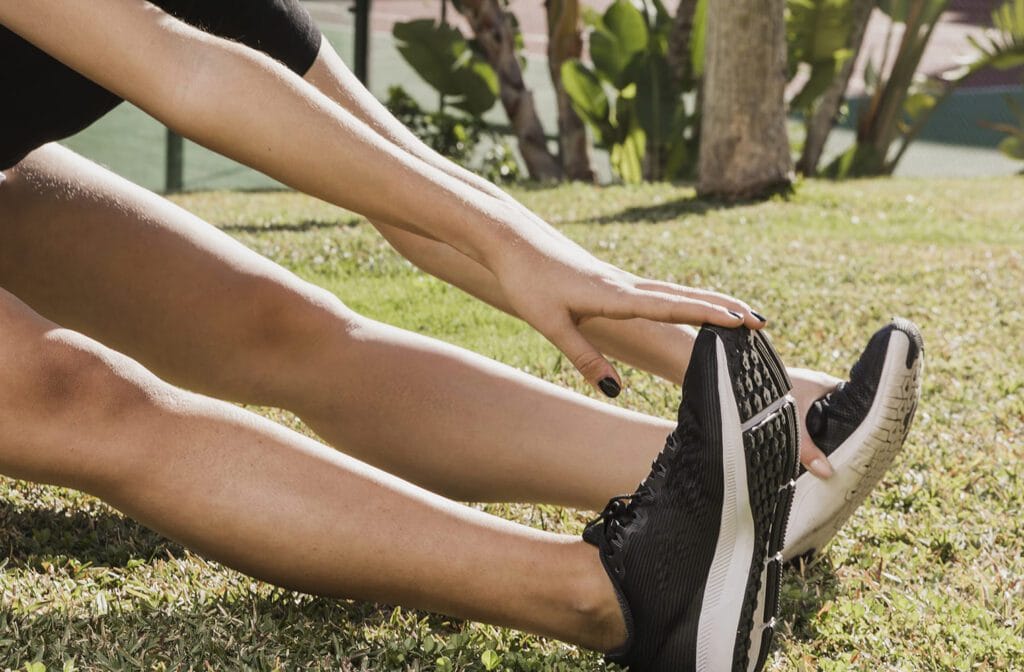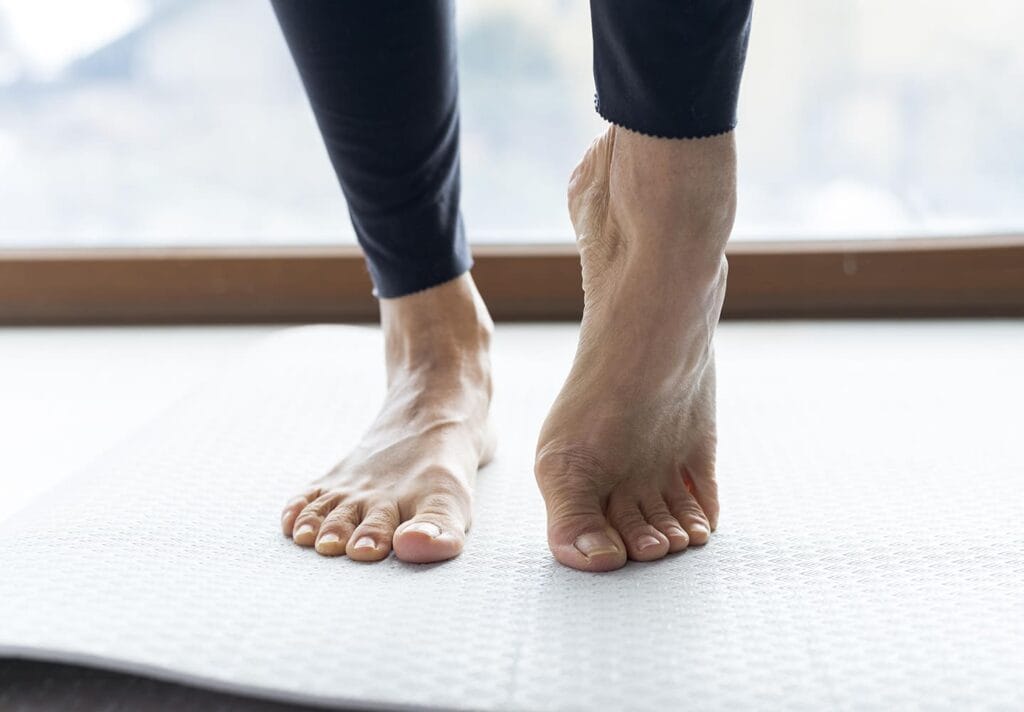Varicose veins are a common health issue, especially for those who spend long hours standing or living a sedentary lifestyle. As a result, this condition often manifests as swelling, pain, and a feeling of heaviness in the legs, which can significantly affect one’s quality of life. Fortunately, regular exercise can help slow the progression of varicose veins and relieve many of their symptoms. Moreover, consistent physical activity improves overall blood circulation, which is essential for vein health. In this article, you will discover the most effective exercises to boost circulation and provide lasting support for your veins.
Benefits of Exercise for Varicose Veins
Engaging in regular exercise is one of the best ways to reduce varicose vein symptoms and maintain vascular health. Here are some key benefits:
- Enhances blood circulation: Encourages blood to flow more efficiently from the legs back to the heart.
- Strengthens vein walls: Helps prevent blood pooling by maintaining vein elasticity.
- Engages leg muscles: Strengthens the calf muscles, which support veins and slow varicose vein progression.
- Reduces swelling: Prevents fluid retention and decreases leg swelling.

The Best Exercises for Varicose Veins
Below are some of the best exercises that can help reduce varicose vein symptoms.
1. Walking: The Easiest and Most Effective Exercise
Walking is one of the safest and most beneficial exercises for individuals with varicose veins. Brisk walking for at least 30 minutes a day engages the leg muscles, promoting better circulation.
- Tip: Choose soft surfaces instead of hard pavements to protect your joints.
2. Cycling: Strengthening the Veins
Cycling or using a stationary bike activates the leg muscles, alleviating varicose vein symptoms.
- How to Do It?
- Ride a bicycle at a moderate pace for 20-30 minutes.
- Opt for low-resistance workouts to strengthen muscles without excessive strain.
3. Leg Raises
Leg-raising exercises are low-impact movements recommended for people with varicose veins.
- How to Do It?
- Lie on your back and lift your legs upward, holding for 10 seconds.
- Repeat this movement 10-15 times.
4. Ankle Rotations
Moving your ankles helps stimulate blood circulation and reduce leg heaviness.
- How to Do It?
- While sitting, lift your feet off the ground.
- Rotate your ankles in clockwise and counterclockwise directions 10 times each.
5. Calf Exercises (Heel Raises)
Calf muscles play a crucial role in pumping blood from the legs to the heart.
- How to Do It?
- Stand up and rise onto your toes, holding for 3 seconds before lowering.
- Repeat this exercise 15-20 times.
6. Yoga: Poses that Improve Circulation
Yoga increases flexibility while also supporting vein health. Especially the “legs up the wall” (Viparita Karani) pose is particularly effective in helping blood return to the heart.
- Tip: Use a yoga mat and perform this pose for 10 minutes daily.

Important Considerations for Exercise
When engaging in physical activities, individuals with varicose veins should consider the following precautions for a safer experience:
- Avoid tight clothing: Tight garments may restrict blood circulation.
- Limit prolonged sitting: Office workers should take short breaks to stand and move around.
- Stay hydrated: Proper hydration is essential for vascular health.
- Avoid high-impact exercises: Opt for low-intensity activities instead of high-impact workouts.
Frequently Asked Questions
Which exercises should people with varicose veins avoid?
Heavy weightlifting and high-impact activities like running may strain the veins.
Is walking enough for varicose veins?
Yes, regular walking improves circulation and relieves symptoms.
What is the best exercise for varicose veins?
Swimming, cycling, and walking are the top choices.
Should I wear compression stockings while exercising?
If recommended by your doctor, wearing compression stockings can be beneficial during exercise.
Can exercise completely cure varicose veins?
Exercise can slow down the progression of varicose veins but will not eliminate them entirely.
Conclusion: Stay Active for Vein Health
While varicose veins can reduce quality of life, regular exercise can significantly alleviate symptoms. Incorporating daily walks, cycling, yoga, and leg exercises can help maintain healthy veins. These are the best exercises for varicose veins. Remember, staying active is one of the most effective ways to manage varicose veins!
For more information on varicose vein causes and modern treatment options, click here.
Internal Link Suggestions
External Link Suggestions

